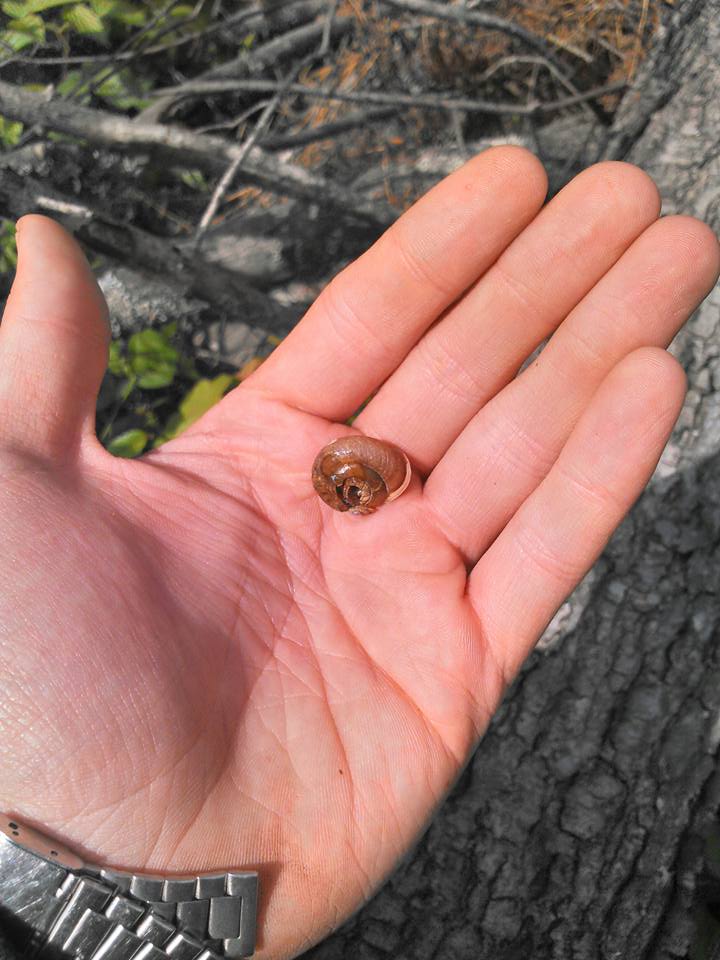Mollusks constitute one of the largest phyla of animals with close to 112,000 species worldwide. With over 100 species of land snails (both shelled animals and slugs) found in Pennsylvania, identifying this guy is nearly impossible for us non-malacologists. But we still think they are cool!
Mollusks are a far cry from Deer or Forests but it’s all about being connected. And I don’t mean access to a 4G or LTE network.
So what do mollusks have to do with deer and forests? Funny you should ask. But I need to take a step back first.
Colleagues in the Department of Ecosystem Science and Management noted that the size of Ovenbird territories were much larger on their study area compared to other studies around the country. And they also noted that territory sizes were smaller where soil pH was higher.
Since they were studying the effects of applying lime in the Mosquito Creek watershed in central Pennsylvania in Clearfield, Elk, and Cameron counties, they hypothesized that areas with higher soil pH had more food (snails!). And snails were critical to nesting females because they needed calcium (snail shells) for their own eggshells. After the researchers applied lime they found that soil pH increased, which increased the abundance of land snails, which resulted in more Ovenbirds.
But we also know that deer browsing on vegetation can reduce bird abundance. So which is it – soils or deer?
How about both? That’s one of the hypotheses upon which we are basing this study. We know soil conditions affect the plants that grow in our forests, and the animals that depend on those plants.
So is it possible that low pH soils combined with deer browsing could be worse than one or the other? It’s called an interaction effect.
If we had soils with a higher pH, could we support higher densities of deer with no effect on forest vegetation or forest birds?
Since soil pH has declined over the past 30 years in Pennsylvania, do we need to consider the interaction of deer browsing AND soil conditions when making deer AND forest management decisions?
We don’t yet have the answer to that question, but maybe this study will help get us one step closer. Because snails and Ovenbirds and deer all need the forest.
-Duane Diefenbach
Photo credit: Shawn Seeley
If you would like to receive email alerts of new blog posts, subscribe here.
And Follow us on Twitter @WTDresearch
